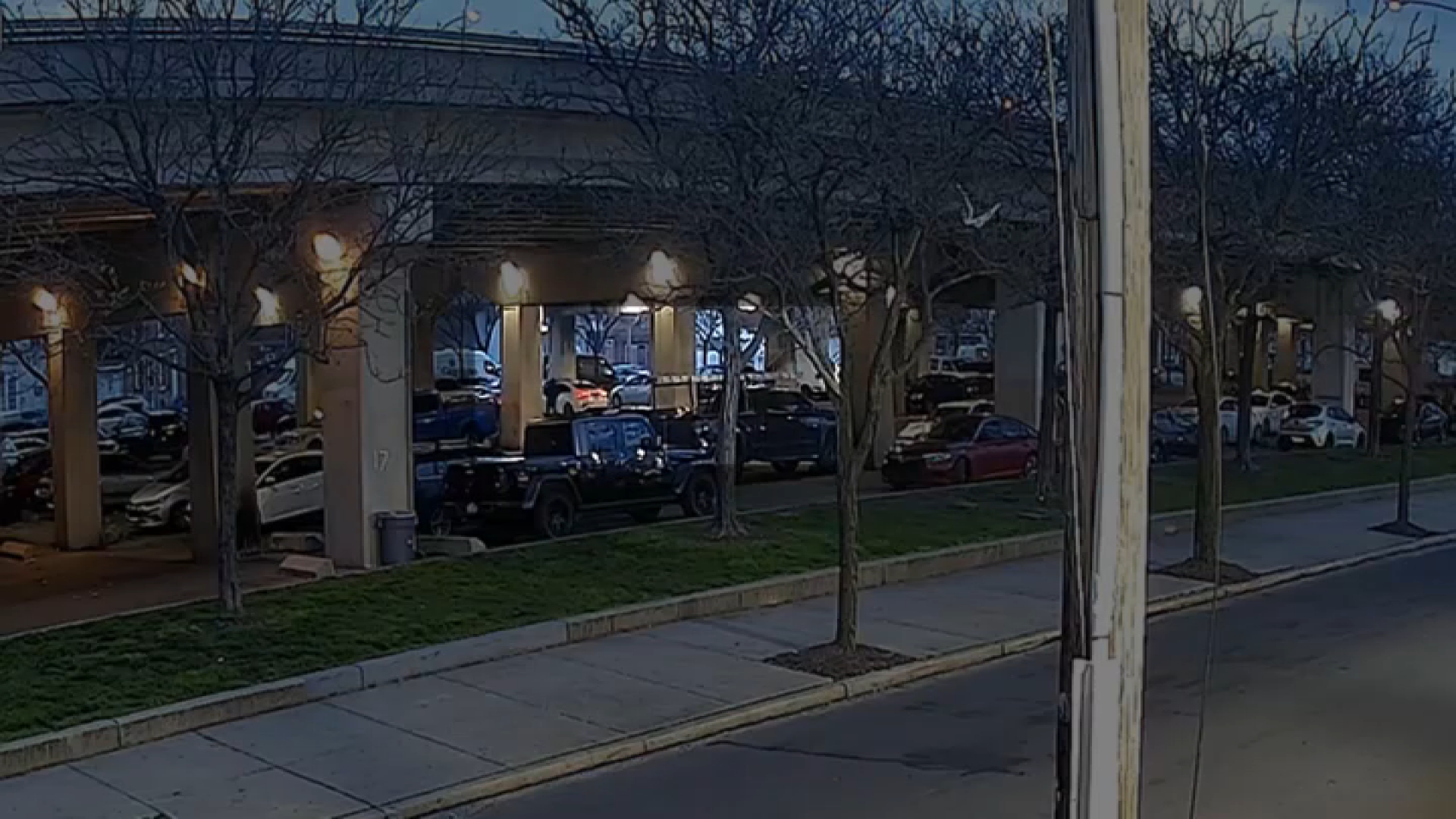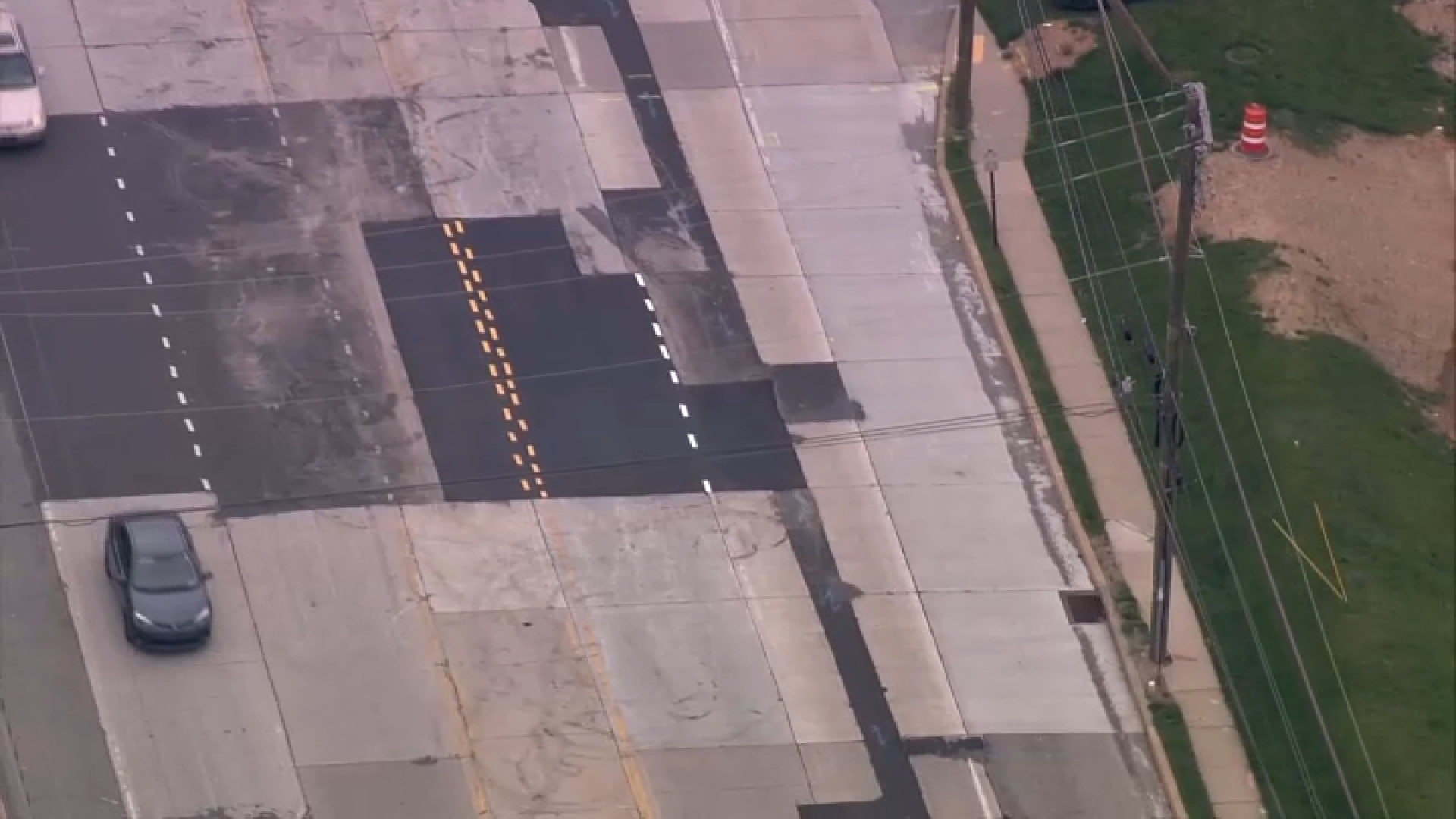What to Know
- The SEPTA Key took several years to develop, and eventually began with a pilot program in 2016.
- The Key's popularity has been gaining momentum. Bus, subway and trolley riders already pay a discounted fare when using the Key for rides.
- Rail riders who get weekly and monthly passes through third-party vendors, like pre-tax employer programs or schools, aren't yet included.
Ever-growing use of the SEPTA Key is in full swing on Regional Rail trains.
But for many riders who get their weekly and monthly passes through employer pre-tax programs or through the school they attend, the Key Card remains something mysterious, always one seat away.
All who ride SEPTA trains will eventually become Key holders, according to SEPTA's grand plan.
Exactly when that happens, however, remains up in the air.
Here is an UPDATED rundown of all the major Key-related developments and crucial upgrades that SEPTA riders need to know about:
If I Get My Weekly or Monthly Regional Rail Pass Mailed to Me or Given to Me Through My School, When Will I Be Required to Start Using the Key?
Local
Breaking news and the stories that matter to your neighborhood.
The short answer is: SEPTA doesn't have a set date.
The long(ish) answer is: While there are scheduled dates (see below) for requiring new purchasers of weekly and monthly trailpasses to buy passes through the Key Card, all "legacy" weekly and monthly trailpass users will continue to use those now-antiquated passes. That means if you get a trailpass mailed to you through a pre-tax employer program, there is no set date for you to get the Key. If you're a student who uses a district-provided pass, there is no set date for you to get the Key.
SEPTA says it is still working with third-party providers to make the eventual changeover easy for commuters.
That said ...
All Other Regional Rail Riders Will Need a Key Card*
*By the end of the year. This doesn't include the occasional rail rider, who will continue using single-ride tickets or onboard purchases until SEPTA activates the "Travel Wallet" feature of the Key Card. (More details on that below.)
The Key is now required of some rail commuters who use weekly and monthly trailpasses. The rollout began in August and is occurring in four phases:
— Aug. 1: New Regional Rail riders who purchase weekly passes for Zone 3 and Zone Anywhere must purchase those passes through the Key Card. The cards are available at various locations in Center City stations, dozens of other fare kiosks and sales offices and numerous retail outlets. For a full and searchable list of those locations, here is a link to the SEPTA Key's website locator.
— Sept. 1: New Regional Rail riders who purchase weekly passes for Zone 1 and Zone 2 must purchase those passes through the Key Card.
— Oct. 1: New Regional Rail riders who purchase monthly passes for Zone 3 and Zone Anywhere must purchase those passes through the Key Card.
— Nov. 1: New Regional Rail riders who purchase monthly passes for Zone 1 and Zone 2 must purchase those passes through the Key Card.
SEPTA conductors will continue to ramp up their use of on-board card readers during the next four months, and employees are going through ongoing training.
How to 'Tap In' and 'Tap Out' at Regional Rail Stations
Once the SEPTA Key is universally used by daily Regional Rail commuters, the transit agency will start to enforce tapping in and tapping out at stations. Some riders may have already noticed touchless Key pads at stations outside Center City, as well as the touchless Key turnstiles at Center City stations.
Those will eventually allow all Key users to no longer have to interact with conductors on each ride. However, SEPTA spokesman Andrew Busch said conductors will still occasionally do "spot checks" of riders' Key cards.
The entire rail system will eventually use the tap-in and tap-out system for riders, and SEPTA will be notified if riders don't properly tap in and out.
"We haven't set a timeline yet with charging people penalties," Busch said. "That's a ways out."
For the Occasional Rail Rider Going to a Ball Game or the Art Museum or Dinner and a Show
In December, even occasional riders should get Key Cards, Busch said, because you'll pay less than on-board prices when tickets are purchased ahead of time.
"The conductor will issue them a 'Quick Trip' ticket, which the customer will use to swipe out at the fare gates in Center City. ... [If getting on at] one of the Center City stations, customers will purchase the Quick Trip ticket from the SEPTA Key Kiosks located at that station. That will allow them to swipe through the turnstile and board the train," Busch said.
"For these customers, the price of the Quick Trip will be the equivalent to the current on-board fare price. So, even for occasional customers, we’d urge them to consider getting a Key Card when we roll out Travel Wallet for Regional Rail — that way they get the discounted pre-purchased ticket fare when they travel."
SEPTA said customers will be given at least 60 days notice before the "Quick Trip" system goes into effect.
However, the Travel Wallet feature he mentioned leads us to the next point.
What Is the Travel Wallet and When Can Riders Start Using It?
Here's how SEPTA describes the Key Card's Travel Wallet:
"The Travel Wallet is the perfect option for customers who currently use cash or tokens and transfers. It's also a convenient choice for riders who may only need SEPTA a few days a week or month, as well as occasional transit customers because it eliminates the need to go out and buy tokens or have exact change. Your SEPTA Key Card loaded with money in the Travel Wallet will always have the correct fare to pay for your ride. For added convenience, you can load and reload money to the Travel Wallet. There won't be any need to get a new card until it expires."
In other words, it's the way to pay for occasional rides on city subways, suburban buses or Regional Rail trains.
The catch for the occasional train riders from the suburbs: The Key's Travel Wallet for Regional Rail rides is not yet available, but the agency is aiming for Dec. 1.
Purchasing and Registering for a SEPTA Key Card
Don't think this is a tough process. If you're in Center City or near one of the hundreds of places the Key Card can be bought, go to a location and buy one. At that time, tell the clerk what you want to load it with a weekly or monthly Regional Rail pass, or money for the subway or bus.
Once you have the Key card, it's valid for three years and can be reloaded at a SEPTA fare location or online HERE.
SEPTA took a lot of flak for ending the paper transfer last summer, costing many riders of two or more buses or subways money. For example, the paper transfer used to allow a two-bus, two-subway or subway/bus commute to be $3: $2 for the initial leg and $1 for the second leg. Now, purchasing that with a Key costs $2.50 and $2.50.
But that's where the Key's Travel Wallet comes in: A Key Card holder who takes two connecting buses or subways automatically pays $3. The card reads the connection without the rider doing any work, Busch said.
SEPTA also now allows Key Card holders to load as little as $1 onto the card.
"We're adding locations and making sure people know places they can go in addition to the SEPTA locations," Busch said of increasing accessibility to the Key.
It is also recommended that everyone register their Key Card, which will prevent any weekly or monthly passes and any Travel Wallet funds on a card from being lost if the car is lost.
Registering a card is simple and can be done HERE.
For answers to other questions you might have, here is SEPTA's "Frequently Asked" section.



